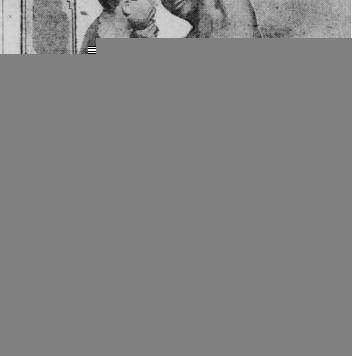“In the clinch fighting, again Ketchel discovered that Johnson knows more in one round than the average fighter learns in a career. Ketchel as a rule is always above the average at clinch fighting, but to-day he was powerless.
There were other things about these clinches. They gave an idea of Johnson’s immense strength as well. Several times he lifted Ketchell playfully off his feet and strung him around. Once, when Ketchel’s legs became tangled, when the men were grappling, Johnson picked up Ketchel with one arm and placed him squarely on his feet.”
— W. W. Naughton, in describing Jack Johnson vs. Stanley Ketchel, 1909
“Dundee seemed very tired in the last few seconds [of the 20th round], but he made no attempt to rest in the clinches, fighting like a demon.”
— Post-fight description of Johnny Dundee vs. Irish Patsy Cline, Times-Picayune, 1918
“Greb at 159 pounds was seven pounds heavier than the welterweight champion and he used the margin to advantage throughout the battle. The Pittsburgh fighter, a master at all the tricks of the game, was too clever for his challenger. He was on top of Walker in every clinch with a right which never tired and which flew in all directions.”
— AP post-fight description of Harry Greb vs. Mickey Walker, Dallas Morning News, 1925
“Billy Vidabeck, the other member of the sparring team was then sent in to do some inside fighting with the champion. He had little or no success. Tunney’s left prevented him from crowding, and the bite of his rights caused him to take cover.”
— AP report of Gene Tunney’s sparring sessions leading up to his final fight against Tom Heeney, Aberdeen Daily News, 1928
“Ambers, too, is good at sewing a man up in the clinches. He made Pedro Montanez, a powerful right hand puncher, look silly for 15 rounds last fall. Here again he will find Armstrong a problem, because it’s next to impossible to clinch with the negro. In close he just keeps on jerking his head about, heaving with his shoulders and socking with his fists.”
– AP reporter Gayle Talbot, in describing Henry Armstrong’s clinch fighting ability ahead of his rematch with Lou Ambers, Heraldo de Brownsville, 1938
******
Clinching and in-fighting — the subject of great debate in two recent matches — are parts of boxing, and always have been. Get used to it, or implore trainers to teach their charges how to counter attempted clinches, if they’re to be prevented.

